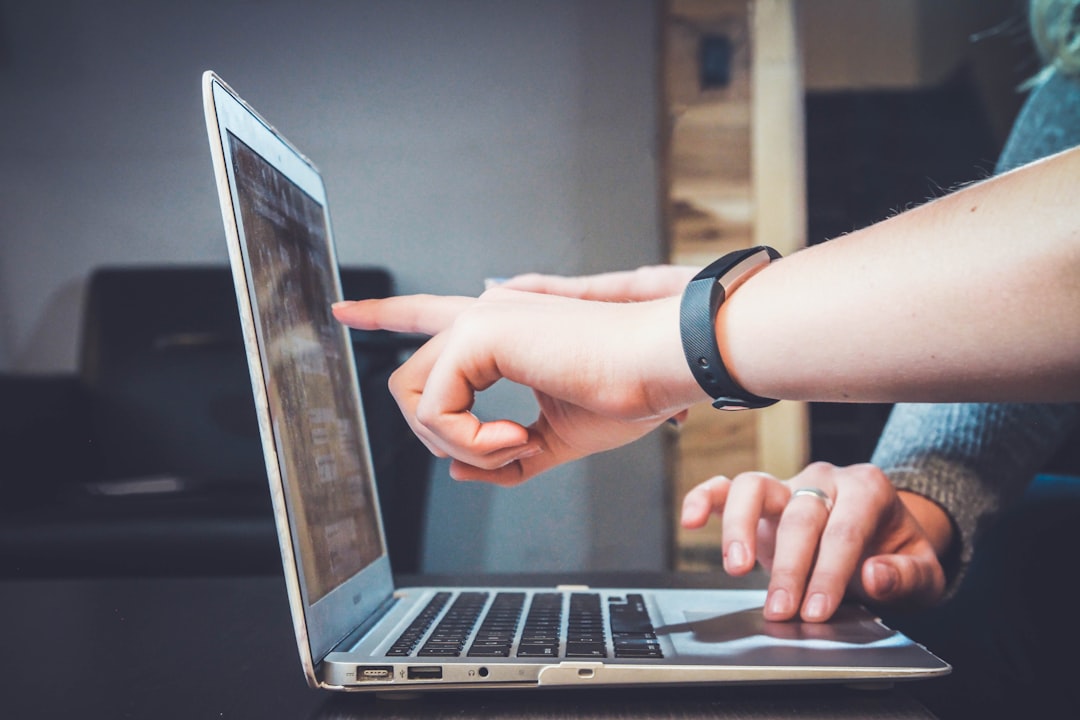Adapting Physical Education for Students with Disabilities: Ensuring Equal Opportunities
Physical education is an essential part of a well-rounded education as it promotes physical activity, overall fitness, and social interaction among students. However, it is important to ensure that physical education programs are inclusive and provide equal opportunities for all students, including those with disabilities. By adapting these programs, we can create an environment that promotes participation and benefits every student.
Adapting a physical education program involves making modifications and accommodations to cater to the needs and abilities of students with disabilities. These adaptations can vary depending on the nature of the disability, ensuring that each student can fully participate and benefit from physical education classes.
One of the key considerations when adapting a physical education program is to provide individualized instruction. Recognizing that each student has unique abilities and limitations is crucial. Teachers should assess the student’s capabilities and design tailored activities that are appropriate for their needs. For example, students with mobility impairments may require modified exercises or the use of adaptive equipment. By providing individualized instruction, we can ensure that each student is challenged at an appropriate level and experiences success.
Another important aspect of adapting physical education for students with disabilities is promoting inclusion and social interaction. Creating a supportive and accepting environment is essential for students with disabilities to feel comfortable and included. Teachers can encourage cooperation and teamwork among students by assigning group activities that foster collaboration. By promoting inclusive practices, we can reduce stigma and foster positive relationships among all students.
Adapting physical education programs might also involve modifying equipment and facilities. For instance, installing wheelchair ramps, ensuring accessible bathrooms, and adapting sport equipment can make physical education classes more inclusive. Teachers must work closely with administrators and facility management to ensure that the necessary modifications are made, allowing all students to fully participate in activities.
Additionally, providing appropriate training and professional development for physical education teachers is crucial for effective inclusion. Teachers should be equipped with the knowledge and strategies to adapt the curriculum, implement accommodations, and effectively manage diverse classrooms. By investing in teacher training, schools can ensure that physical education programs are inclusive and meet the needs of all students.
In conclusion, adapting physical education programs for students with disabilities is essential in ensuring equal opportunities and promoting inclusivity. By providing individualized instruction, promoting social interaction, modifying equipment and facilities, and offering appropriate training for teachers, we can create an environment where all students can actively participate and benefit from physical education classes. It is our responsibility as educators to foster inclusive practices and provide equal opportunities for students with disabilities, ensuring that they can enjoy the benefits of physical activity and healthy living alongside their peers.









